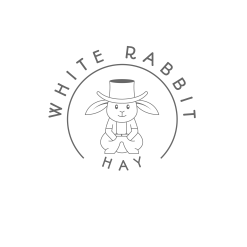Healthy Feeding for Rodents:
Healthy Feeding for Rodents: Including Rats, Mice, Hamsters, and Gerbils:
Rats, mice, hamsters, and gerbils share similar dietary needs, primarily favoring seeds as their main source of nutrition. While also showing an inclination for insects and small animals, particularly hamsters, these rodents can sometimes overeat, emphasizing the need for cautious feeding practices. It is recommended to consult a veterinarian if unsure about feeding quantities.
With continuously growing incisors, these species rely on chewing to maintain their dental health. Timothy hay and grass aren’t staples in their diet, but rodents do chew on stems and seed heads from Timothy hay. A balanced diet primarily consists of high-quality rodent chow or lab block, containing at least 16% protein and 4-5% fat. This dry food can be made available at all times in the cage.
For young animals, breaking down hard pellets or softening them might be necessary until they mature. Ensure the purchased pellet quantity is consumed within three months to prevent spoilage. High-quality rodent chows provide comprehensive nutrition, supplemented by limited amounts of grains, nuts, and seeds due to their high-fat content.
Timothy hay seed heads serve as a suitable option due to their lower fat content and roughage contribution. Moderation is key, with suggested daily nut and seed amounts being around 1 teaspoon for rats and ½ teaspoon for other rodents. Offering these treats excessively can lead to nutritional imbalances and obesity.
Introducing new foods requires care, as rodents may develop gastrointestinal issues due to various factors. Reduced appetite, altered defecation patterns, or diarrhea could signal a problem, necessitating prompt veterinary attention. Recognizing the urgency of such situations is crucial, as delay might exacerbate the condition.
To further explore healthy feeding practices for rodents, visit Feeding Rodents.com
